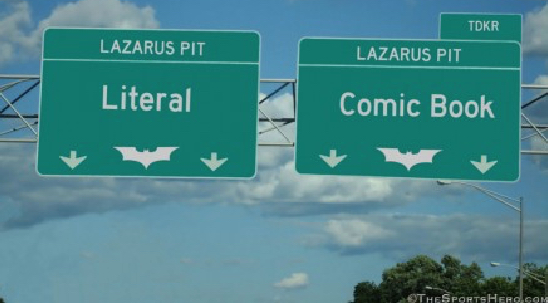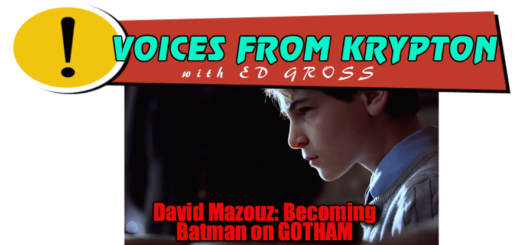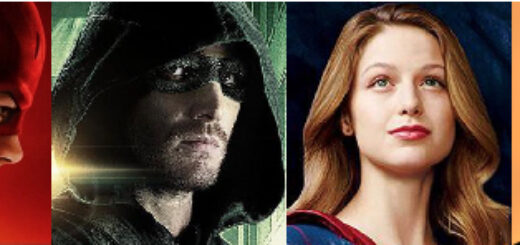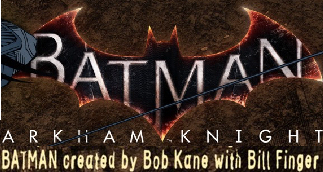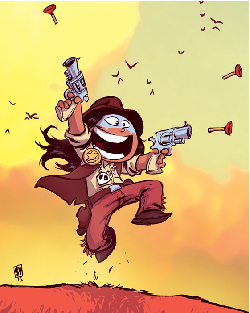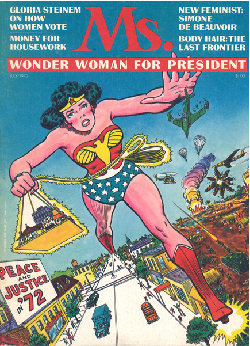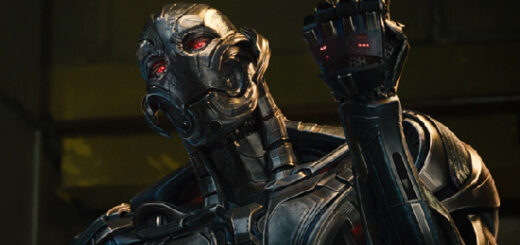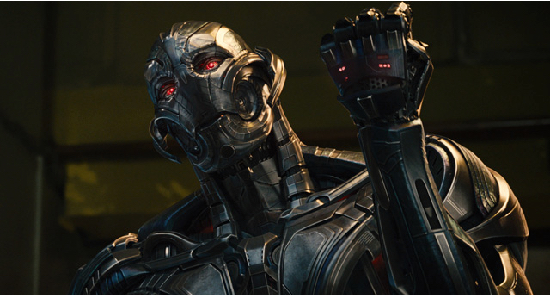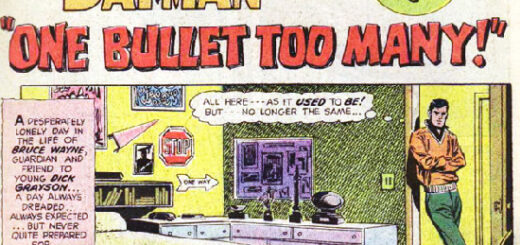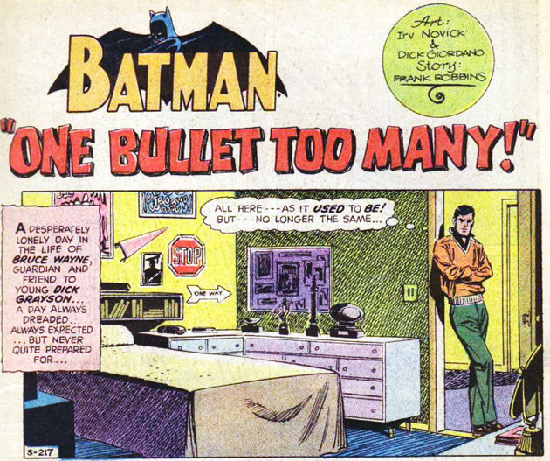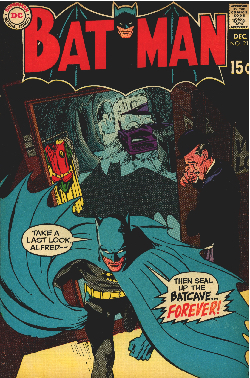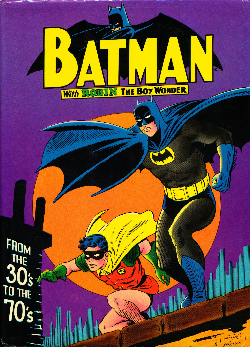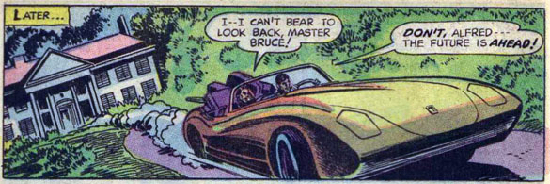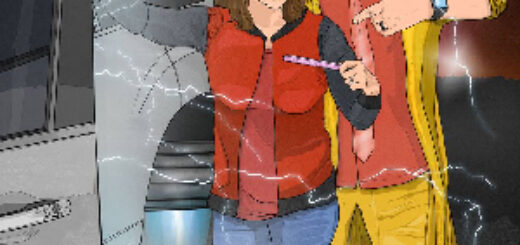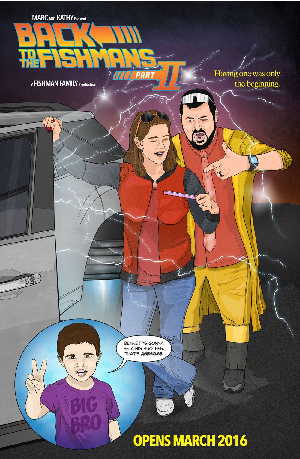Dennis O’Neil and Patsy Walker: Reunited!
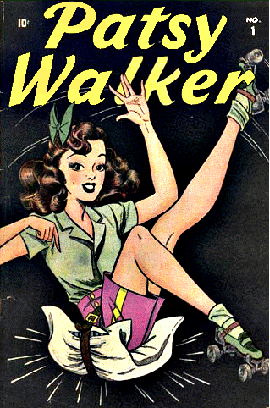 Well, I’ll be swoggled! I do believe that’s Patsy Walker moving across my television screen. Haven’t seen her since we stopped working together at Marvel Comics a half-century or so ago. Wonder if she still hangs with her friend Hedy Wolfe. I heard that she became a superhero named Hellcat and the hero thing could put a strain on friendship, particularly if Hedy remained just a girl on the go-go. And who is this, coming to join Patsy? Darned if it isn’t Luke Cage, otherwise known as Power Man. (Brace yourself for a spoiler.) Didn’t he marry Jessica Jones somewhere along the line? Are they still an item? According to the story that’s materializing on my screen, they are, though I don’t see any wedding rings. Oops! Getting late. I’d better change the channel and…
Well, I’ll be swoggled! I do believe that’s Patsy Walker moving across my television screen. Haven’t seen her since we stopped working together at Marvel Comics a half-century or so ago. Wonder if she still hangs with her friend Hedy Wolfe. I heard that she became a superhero named Hellcat and the hero thing could put a strain on friendship, particularly if Hedy remained just a girl on the go-go. And who is this, coming to join Patsy? Darned if it isn’t Luke Cage, otherwise known as Power Man. (Brace yourself for a spoiler.) Didn’t he marry Jessica Jones somewhere along the line? Are they still an item? According to the story that’s materializing on my screen, they are, though I don’t see any wedding rings. Oops! Getting late. I’d better change the channel and…
Here we are, back in the “real world.”
What the first paragraph of this blather refers to is a TV series titled Jessica Jones, currently being streamed by Netflix. I haven’t seen it all yet – dang it, I’m old! – but that will be remedied in a day or two. Meanwhile, so far, so good. Acting, writing, action scenes, cinematography: check, check, check and check.
It’s not exactly a bundle of cheer. The story is grim and violent and the characters match the plot. What the film makers have done is to conflate superhero action with film noir, the bleak crime stories that flourished in movie houses in the 30s and 40s, and still poke their heads up now and then, here and there. It’s an existential world, noir is, where it isn’t a good idea to trust anyone, the rule book is generally useless, and cities are places of menace and shadows and ugly surprises.
Add some superheroism and you have Jessica Jones.
She’s not doing a solo. A few months ago, Marvel and Netflix gave us Daredevil, which was also heavy on the noir and looked a lot like Jessica Jones. The creative folk at those companies have found a neglected niche and are filling it admirably.
So Marvel has some characters that adapt well to a noirish treatment. What about Marvel’s arch rival, DC Comics? Any noir possibilities there? You’d certainly think so. One of their flagship characters is a night crawling avenger who is on a lifelong crusade against crime and who does not report for work at a police station.
Batman, of course. And in the course of his 76-year existence, Batman has occasionally qualified for noirdom. But only occasionally, in bursts. Want someone to blame (or credit?) How about Robin? Eleven months after Batman’s debut, he acquired a kid sidekick, a sunny lad clad in bright colors. Not the stuff of dark, perilous alleyways. Then there was a decade of inconsequential stories as the comics world recovered from witch hunts, and another few years of a comedic take on the series, and then…
Well, finally! In the comics, and in the movies directed by Christopher Nolan, a dark Batman. And a television series that is based on Batman continuity, though Batman himself appears only as his preadolescent self. Robin’s still around, but maybe not as prominent as he once was.
So both Marvel and DC are in the noir business, to one degree or another. If this were a contest, who would we judge the winner? Does anyone care?


